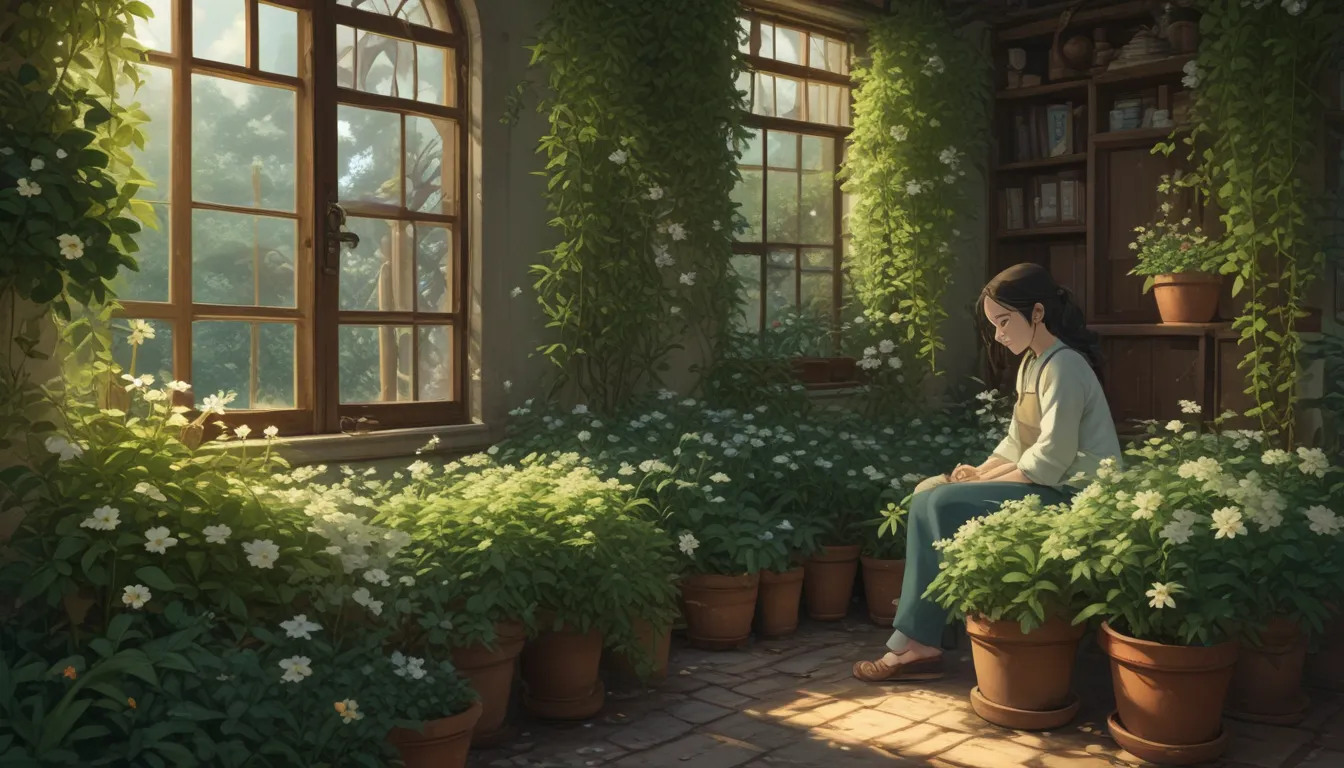How to Care for Jasmine Plants During Winter

Jasmine plants are well-known for their intoxicating fragrance and versatility. While many varieties thrive in tropical and subtropical climates, some are hardy enough to withstand colder temperatures. In fact, certain species, such as true jasmine (Jasminum officinale), require a period of chilling to bloom or germinate seeds.
Although these plants can tolerate some cold weather, extreme temperatures and heavy snow can still cause damage. Therefore, proper preparation and care are crucial to protect jasmine plants during the winter months.
In this comprehensive guide, we’ll explore various aspects of preparing jasmine plants for cold weather, including suitable growing regions, suggested cultivars, outdoor winterizing tips, and moving jasmine indoors for the winter. Let’s dive in!
What You’ll Learn
- Suitable Growing Regions and Suggested Cultivars
- Outdoor Winterizing Tips
- Moving Jasmine Indoors for the Winter
Suitable Growing Regions and Suggested Cultivars
While jasmine plants bloom from spring to late fall in regions with milder temperatures, they may need protection in areas prone to frost, snow, or freezing temperatures. Most jasmine varieties are hardy to USDA Hardiness Zone 7, making them suitable for cooler climates.
True Jasmine
J. officinale, also known as hardy or true jasmine, is a popular deciduous type that thrives in Zones 7 to 11. This variety can even withstand Zone 6 temperatures with proper protection. Exposure to chilly temperatures can enhance its blooms for the following season.
Winter Jasmine
J. nudiflorum, or winter jasmine, is cold-tolerant down to Zone 6 and can bloom even in snow. While less fragrant than other types, winter jasmine offers the charm of winter blooms, making it a great addition to colder regions.
Some jasmine species may require extra care or indoor protection in cooler zones. By selecting the right variety and providing adequate care, you can enjoy a diverse range of jasmine plants in your garden.
Outdoor Winterizing Tips
To protect jasmine plants outdoors during winter, consider the following tips:
- Choose a variety suited to your region for outdoor cultivation.
- Prior to cold temperatures, mulch around the plant using shredded hardwood, straw, or leaves.
- Water the plants deeply before mulching.
- Add a layer of frost cloth or plastic if temperatures drop below 20°F.
- Avoid wrapping plants with heavy cloth that may damage them.
- Consider using tree wrap or bubble wrap for added protection.
- If needed, plant jasmine in containers for indoor overwintering.
Proper winterization techniques can help safeguard jasmine plants from harsh weather conditions and ensure their survival during the colder months.
Moving Jasmine Indoors for the Winter
When transitioning jasmine plants indoors for the winter, follow these steps:
- Check for pests before bringing the plant indoors.
- Acclimate the plant gradually to indoor conditions.
- Provide support for vining types with trellises or structures.
- Place the plant in a partially shaded area indoors.
- Maintain suitable temperature, humidity, and light levels.
- Water the plant as needed, ensuring soil remains slightly moist.
- Monitor the plant for signs of stress or poor health.
By following these indoor care guidelines, you can help jasmine plants thrive during the winter months and prepare them for a successful return to the outdoors in spring.
Keep Your Jasmine Growing in Those Chilly Winter Months
While caring for jasmine plants during winter requires additional effort, the rewards are worth it for enthusiasts of this aromatic and visually appealing plant.
Aside from winter care, growing jasmine is relatively straightforward and highly satisfying. Whether you choose to overwinter jasmine indoors or provide outdoor protection, the beauty and benefits of these plants make them a worthwhile addition to any garden.
Do you have jasmine plants in your garden? Share your experiences and questions in the comments below. We’d love to hear from you!
For those considering alternative cold-hardy flowering vines, explore options such as clematis, honeysuckle, and passionflower for variety in your garden.
This comprehensive guide covers various aspects of caring for jasmine plants during winter, from suitable cultivars to outdoor winterizing tips and indoor overwintering practices. By following these guidelines, you can help your jasmine plants thrive and bloom throughout the colder months, ensuring their long-term health and beauty in your garden.





